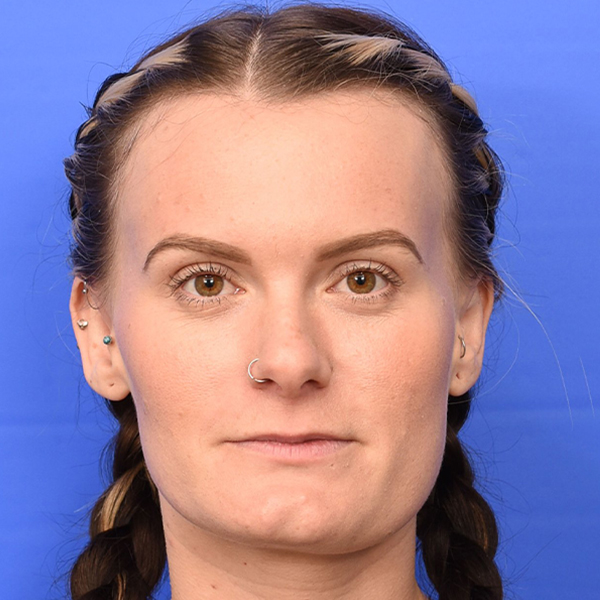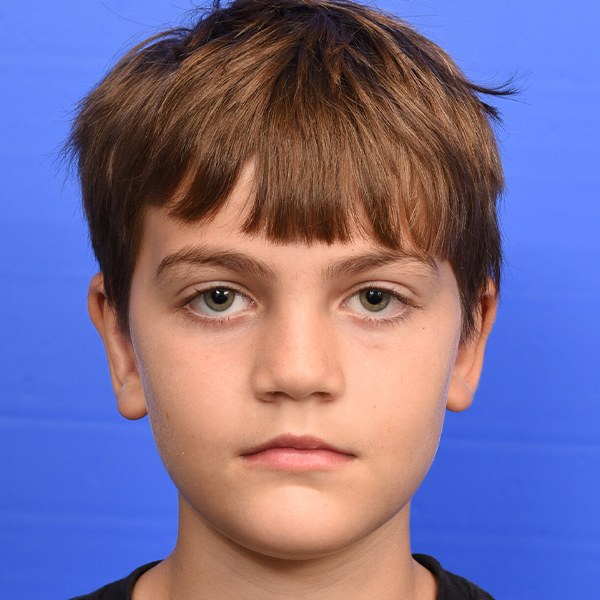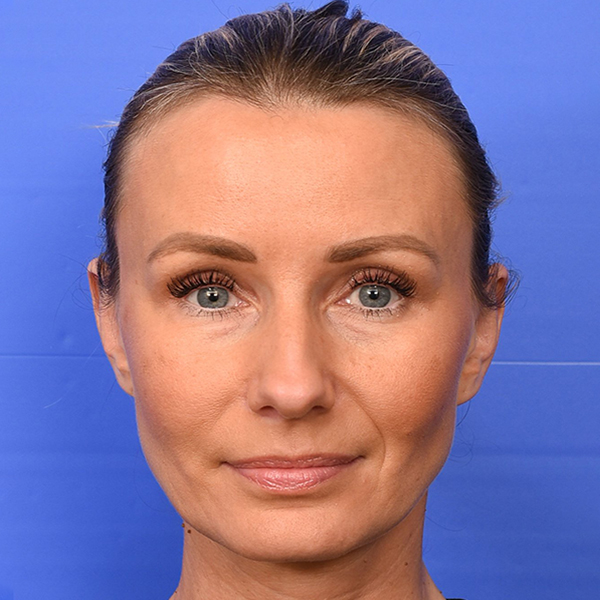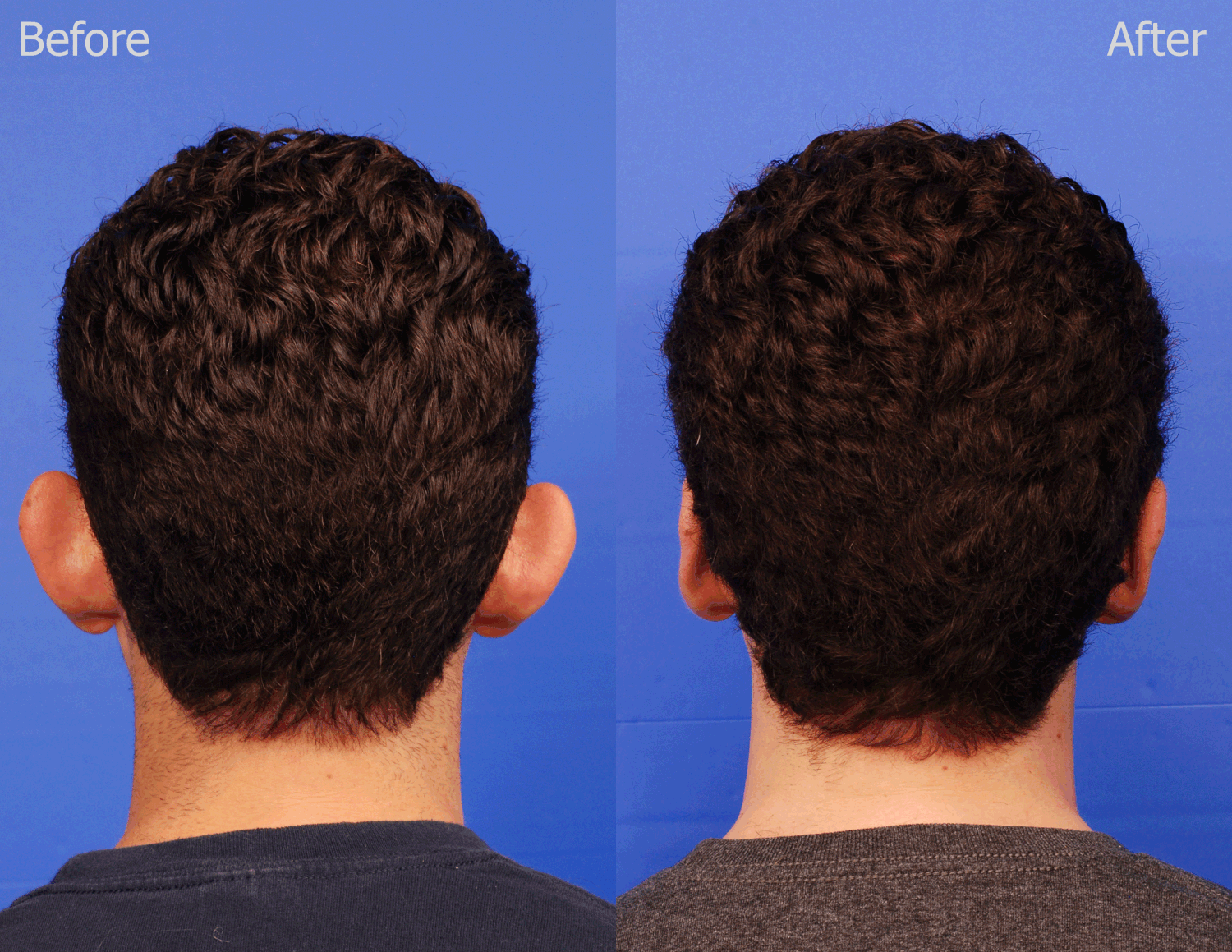Otoplasty
Otoplasty is the name given to the surgery performed to correct the appearance of the auricle. With otoplasty surgery, the prominent auricle can be corrected, as well as the auricle and earlobe that have not developed due to congenital or trauma-like reasons or whose appearance is distorted. Prominent ear causes social and psychological negativity, especially in childhood. As they grow up, children who enter social environments such as nurseries, kindergartens and schools may be exposed to brutal reactions and criticism due to the appearance of their ears. Being ridiculed, excluded in friendships can lead to problems in self-esteem and personality development; It can cause communication disorders, school failures and decreased self-esteem. For this reason, it is generally accepted that the best time for otoplasty surgeries is preschool. Adults may also need otoplasty surgery for reasons such as getting rid of an appearance that can be perceived as a disadvantage in social environments, tidying up their hair over their ears or having a short haircut easily. Otoplasty is a very common facial plastic surgery. It can be performed under general or local anesthesia, with daily surgery or a short hospital stay.
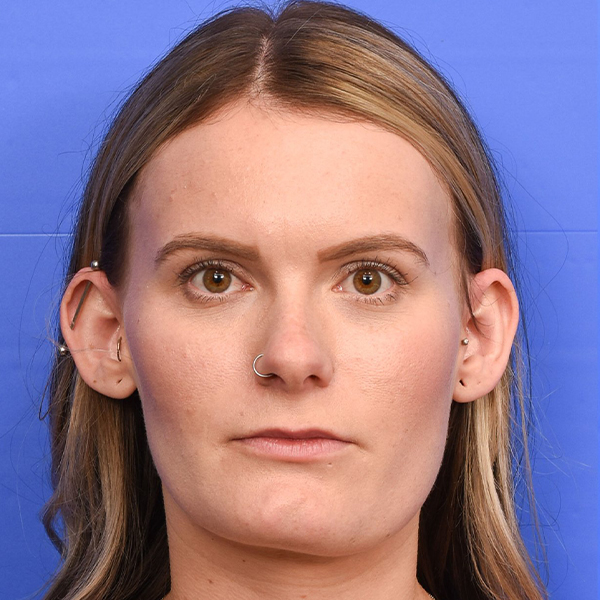
Before
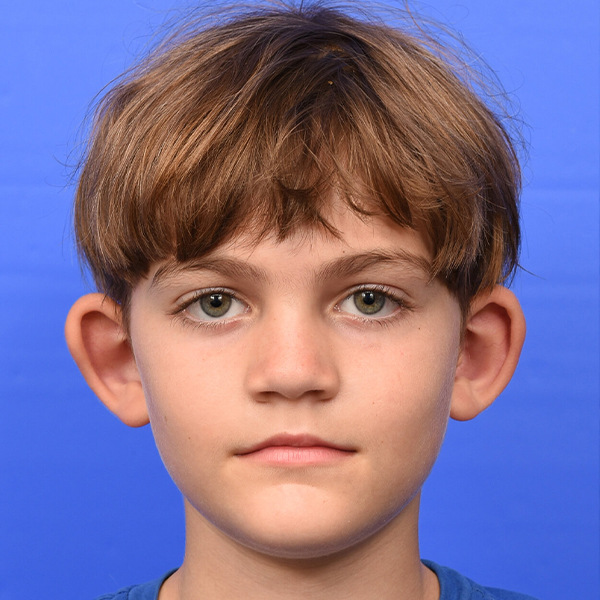
Before
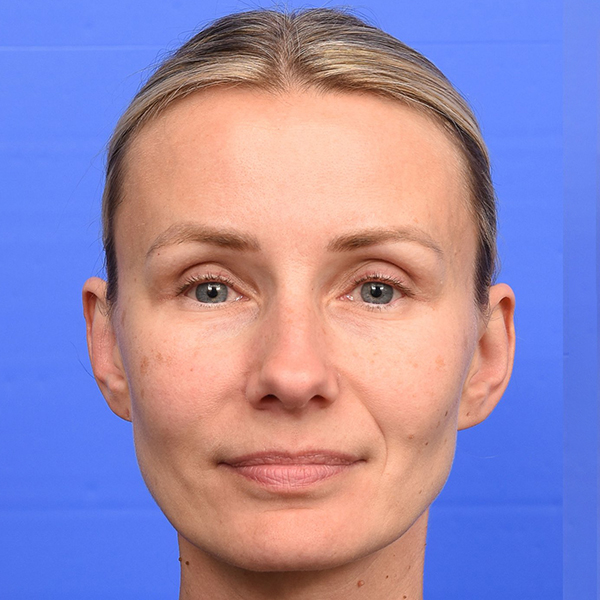
Before
Brief Anatomy
The auricle consists of cartilage covered with a fine soft tissue and skin. At the age of five, the auricle completes its development. However, the cartilage content continues to change over the years. Cartilage, which has a softer and foldable structure in young children, becomes harder in elderly people. The unique shape of the auricle is the result of the many folds that occur during development in the womb. If some of these folds are not fully developed, a prominent ear occurs. As with all other facial structures, one ear is not exactly like the other. The aim of surgery is to make the ears less prominent, similar in appearance and more natural.
Preoperative Evaluation
Preoperative evaluations, surgical technique, and postoperative recommendations may differ between surgeons. The best preoperative preparation can be achieved by having a sincere interview where all questions will be answered completely. Your doctor should understand your expectations and wishes. Clearly and realistically, what can be achieved with surgery or not; asking and learning how the ear appearance will be after surgery will help you determine your expectations from this surgery. It is very significant to determine the time of otoplasty surgery for children. Otoplasty is generally not recommended before the age of five. However, if the surgery is delayed for too long, the child may grow up with psychological problems. On the pre-surgery meeting, quality photographs should be taken in order to allow the surgeon to compare during the surgery and to compare the results obtained after the surgery. If the operation is planned to be performed under general anesthesia, a separate meeting should be made between the patient or his relatives and the anesthesiologist.
Operation
There are many different surgical techniques for correcting the prominent ear. In children or young patients, shaping can be done with stitches because the cartilage is more flexible. In order to give the cartilage desired shape, certain areas can be marked and folded, thinned and weakened. If there is excess cartilage or soft tissue, it can be removed. Regardless of the technique used, an incision is made in the behind-the-ear fold. This incision is closed with appropriate suture materials selected considering the aesthetic result and durability. At the end of the surgery, a dressing is applied to apply light pressure on the auricle.
Postoperative
Like other surgical techniques, each surgeon may have different postoperative applications based on his own experience. Differences in practice do not mean that one method is better than another. Besides, the patient is usually seen on the first postoperative day and the dressing is changed or removed. There is usually no serious pain after the operation. A mild pain which can be controlled with painkillers may expected. Headband is applied day and night for a week. For the next few weeks, it is desirable to wear the headband only at night. Children can start school after a week, while adults can return to work sooner. Physical activity is restricted for 10-14 days, contact sports for at least two months. The follow-ups planned more frequently in the first postoperative weeks, then are usually repeated in the third and 12 months. By this time, the scar behind the ear will gradually decrease. Since the incisions are left behind the ear, the scar is camouflaged and usually does not cause cosmetic problems.
The auricle consists of cartilage covered with a fine soft tissue and skin. At the age of five, the auricle completes its development. However, the cartilage content continues to change over the years. Cartilage, which has a softer and foldable structure in young children, becomes harder in elderly people. The unique shape of the auricle is the result of the many folds that occur during development in the womb. If some of these folds are not fully developed, a prominent ear occurs. As with all other facial structures, one ear is not exactly like the other. The aim of surgery is to make the ears less prominent, similar in appearance and more natural.
Preoperative Evaluation
Preoperative evaluations, surgical technique, and postoperative recommendations may differ between surgeons. The best preoperative preparation can be achieved by having a sincere interview where all questions will be answered completely. Your doctor should understand your expectations and wishes. Clearly and realistically, what can be achieved with surgery or not; asking and learning how the ear appearance will be after surgery will help you determine your expectations from this surgery. It is very significant to determine the time of otoplasty surgery for children. Otoplasty is generally not recommended before the age of five. However, if the surgery is delayed for too long, the child may grow up with psychological problems. On the pre-surgery meeting, quality photographs should be taken in order to allow the surgeon to compare during the surgery and to compare the results obtained after the surgery. If the operation is planned to be performed under general anesthesia, a separate meeting should be made between the patient or his relatives and the anesthesiologist.
Operation
There are many different surgical techniques for correcting the prominent ear. In children or young patients, shaping can be done with stitches because the cartilage is more flexible. In order to give the cartilage desired shape, certain areas can be marked and folded, thinned and weakened. If there is excess cartilage or soft tissue, it can be removed. Regardless of the technique used, an incision is made in the behind-the-ear fold. This incision is closed with appropriate suture materials selected considering the aesthetic result and durability. At the end of the surgery, a dressing is applied to apply light pressure on the auricle.
Postoperative
Like other surgical techniques, each surgeon may have different postoperative applications based on his own experience. Differences in practice do not mean that one method is better than another. Besides, the patient is usually seen on the first postoperative day and the dressing is changed or removed. There is usually no serious pain after the operation. A mild pain which can be controlled with painkillers may expected. Headband is applied day and night for a week. For the next few weeks, it is desirable to wear the headband only at night. Children can start school after a week, while adults can return to work sooner. Physical activity is restricted for 10-14 days, contact sports for at least two months. The follow-ups planned more frequently in the first postoperative weeks, then are usually repeated in the third and 12 months. By this time, the scar behind the ear will gradually decrease. Since the incisions are left behind the ear, the scar is camouflaged and usually does not cause cosmetic problems.
